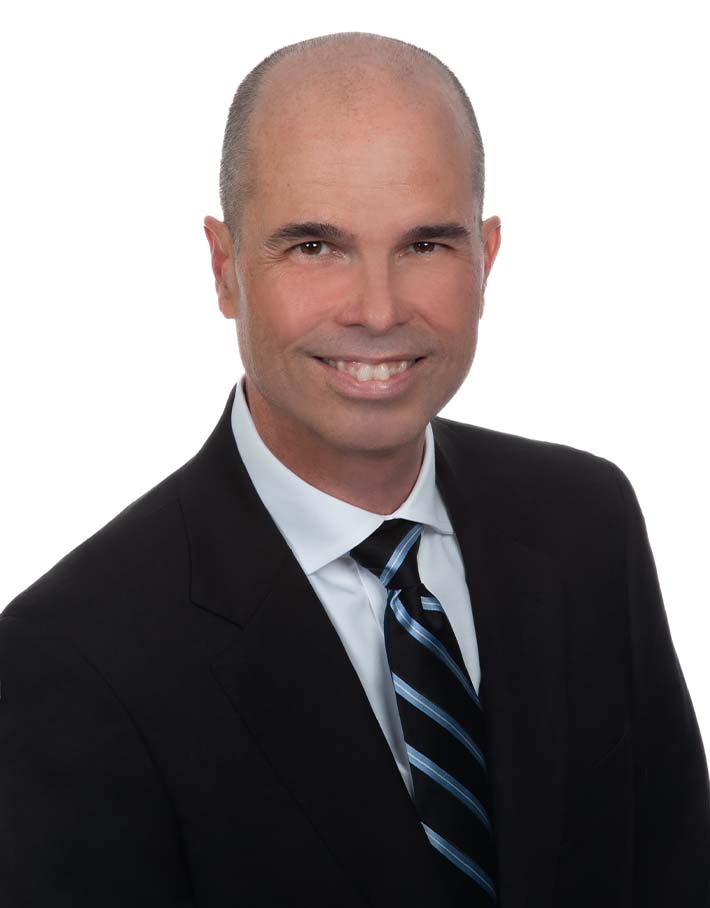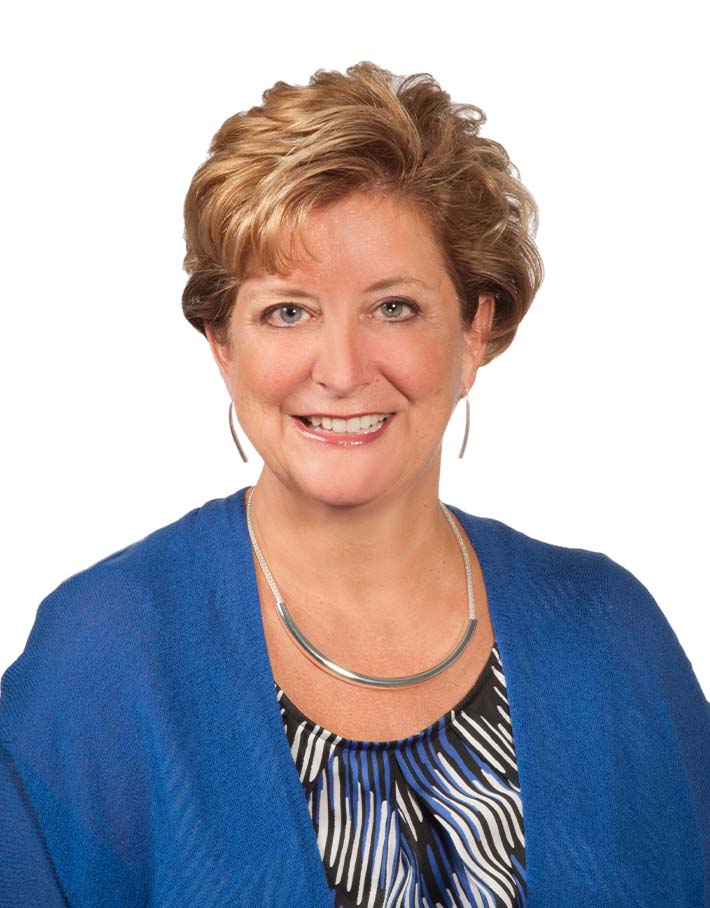Your Transitioning Workplace – Don’t Lose Sight of the Moving Parts
By Buddy Doyle, Gena Spitzer and Molly Bryson
Subscribe to our original industry insights
As firms begin to adjust to the “new normal,” which for many means staff and clients working remotely for an indefinite amount of time, it’s important to not lose sight of all the moving parts. Compliance is one of those, and now is a good time to look at your program and test it against how your firm is functioning in this new environment. Do your policies and procedures match up with how you are doing things now? In this week’s episode of our Oyster Stew podcast, Oyster CEO Buddy Doyle, Polly Cordle and Business Development Managing Directors Molly Bryson and Gena Spitzer address several things firms should be reviewing, including email surveillance, marketing and advertising, policies and procedures, your compliance calendar and how you will test these things remotely.
Transcript
Transcript provided by Temi transcript services
Oyster: Welcome to this week’s serving of Oyster Stew, a mix of financial services, commentary and insights. Each week we’ll discuss what is happening in the industry based on what we see as we work with regulators and clients. We hope you come away with the knowledge and tools to help you make the best decisions for your firm’s future. As we continue to produce our podcasts from home without access to our recording studio, please be patient as we work to improve our recording quality.
Buddy Doyle: Hi everybody. I’m Buddy Doyle, Chief Executive Officer of Oyster Consulting, and I am joined today by Molly Bryson and Gena Spitzer, our business development team and relationship management. They help us bring in business and they help make sure that we do a great job of caring for our clients. And I’m also joined today by Polly Cordle who runs our Oyster Solutions product area. Oyster Solutions is our governance risk and software compliance program that helps our clients organize an efficient and effective compliance program through automation and reporting. And we’re here today to talk about transitioning your compliance program to the new normal. Molly, as you’ve been talking to so many of our clients during this work environment since it began, it’s important for us to understand as an organization what folks are going through; what they’re experiencing. I know you and Gena have talked to hundreds of people in the last six weeks, so what are you hearing?
Molly Bryson: Well Buddy, a lot of folks are taking this opportunity to look inward and to “get their house in order.” So as firms have moved, and I would say fairly easily, to a remote working environment, they are now taking the chance to look inside and say “let’s take a look at our compliance program. Let’s make sure we have the right tools in place to make sure we have the right rules in place, and the right people in position as well.” That seems to be a hot topic.
Buddy Doyle: And Gena, how about you? Is that consistent with the themes you’re hearing?
Gena Spitzer: Yes, very consistent. And actually I think a lot of folks have been surprised at how easily they’ve been able to make this happen. You know, they feel like most of their work happens over the phone. They don’t have to have a lot of face-to-face anyway. So it seems to be working just fine.
Buddy Doyle: I think remote work is generally working out pretty well. Polly, I know you’ve been working remotely as a Chief Compliance Officer for a number of years now. Can you give us a little bit of thought on how you organize and work remotely? Any changes they need to consider as they look out at their compliance programs?
Polly Cordle: Yeah, Buddy. My big concern for firms in this new world is how much information coming at their folks and how do they make sure that their employees are paying attention to the things that have to get done. And that’s really always been a challenge, even when the folks are in the office. But now that they’re removed and there’s this pandemic and that’s very distracting, I think that can double up on that ease of distraction. So I think keeping an eye on folks and making sure that everything that needs to get done is getting done. I think when we have these regulatory movements of deadlines, that’s great in this environment, when people are under so much stress. But it also tends to make people kind of put on the brakes and say, “Oh, I don’t have to worry about that now.” And so I, you know, from my firms as outsource CCO and for clients that we have on solutions platforms, our big push is to make sure you’re not losing sight of what needs to get done, when it needs to get done and the steps to make sure that it gets done on time.
Buddy Doyle: That transparency when you’re in a remote environment is really important and you need to have visibility into what your team is doing and how they’re operating. And that can be very difficult when you’re used to just dealing across the office at one another. Things like workflow tools can be really important. Molly, maybe you could share with us some other things that clients have started to do or talk to you about as it relates to getting things into more of a normal routine for their organizations.
Molly Bryson: Well, I think a lot of clients are surprised at how smoothly the transition went. Sort of leaning into a little bit of what Gena said, I think after the initial few weeks sort of getting their head around what life was like outside of work, they’ve come to realize that probably almost 90% of their staff and some of the larger firms can very easily move to remote work. And that old adage of if you’re not in the office, you’re not working as hard and you’re not able to do as much really seems to be out the window. I would say most of the clients I’ve spoken with are looking down the road a little bit farther and considering what is the office going to look like when the day comes and folks return, and who needs to return. I think that that also has opened up thoughts and no this is not a plug, but how much do they actually have to do internally as a firm, and how much their comfort level seems to have grown in having partners in the industry do work with and for them?
Buddy Doyle: Yeah, I know. Gena, we’ve seen a lot of our clients go from a central environment to a remote environment, which, to Molly’s point begs the question, why not get remote support from third parties through an outsourcing or other ways to align, without being physically present? Are you hearing anything that says that that is likely to become a new normal for organizations?
Gena Spitzer: Both Molly and I have had a couple of our clients speak with us about that and how we might be able to help them in that effort, just because it’s new to them. They’re getting used to it quickly because it’s lasting for a while here, but they’re really looking towards some help with how to structure things; ensure that all of their cybersecurity things are in check because that’s one of the biggest challenges that you have – your technology – when you’re working remotely. And so they’re looking at that. They’re looking at, as Molly said, who really needs to be in the office. Is it more of “we have a space for people to come and we need to gather, but on a day-to-day basis, it’s not really necessary for everyone to be in one location because things can happen remotely.”
Buddy Doyle: We all need good tools and ways to look at client activity, but they need to be secure. You need to be safe. There’s obviously financial advisors, registered reps are out there wanting to communicate with their clients, prepare marketing and advertising, and they want to go fast because this market is moving rapidly. It’s volatile. And so you want to have things in place to approve that activity very quickly to support that client communication. And you want to have a view into the status of everything that’s going on within your firm to be able to tell that things are getting done and they’re getting done on time. And we often get in this “check the box” mode of feeling good about our compliance program because we did things, but I think this is a little bit different right now – the work environment is transitioning and there are some things you probably want to think about doing with your compliance and control environment to transition, as well.
One of the keys that I know we use when we’re an outsourced Compliance Officer with our different organizations that we work with is email surveillance and reviewing social media posts and things through other people’s software platforms that help us get a sense of how the business is functioning, how healthy it is, what the tone of commentary is from different advisors. It seems like right now is a good time to take a look at your email platforms and probably tune that lexicon to try to limit the noise, but better focus your attention on the risk as it exists today. That’s one thing that we’re certainly encouraging our clients to look at. I think another item that firms should really take a good hard look at is their compliance calendars and what changes you may want to make to the frequency or the focus of your compliance program. Polly, have you seen any additional work by our clients when it comes to their compliance programs from a calendar perspective, and from the workflows that they launch out of those calendars?
Polly Cordle: So I think we’re seeing a lot of effort around getting more onto the Solutions system. In our automated software, you can put as much or as little of your compliance program in there as you want. And we’ve had firms who have still maintained certain processes outside of that system. I think it was more of a, “this is the way we’ve always done it” kind of thing. And now we’re seeing them really recognize the value of having it in a system where they can watch to make sure things are getting done and things are not overdue. And so we’re seeing them bring a lot more processes onto the system than they might’ve considered in the past – operational processes, human resources processes. So we’re happy to help them. We’ve been setting up some really interesting and helpful workflows that are not always what I would consider part of your compliance program, but really helpful to the client, our end client, in seeing what’s going on in their firm and having a way for people to communicate with them and track that communication all the way through to its resolution. And so we are seeing more come on that system than we have in the past, which has been interesting and fun.
Buddy Doyle: Having the folks that you’re monitoring involved in the system, we often put in Oyster Solutions or governance risk and compliance platform in the home office, and the home office has heavy users. But in this age of remote supervision and people working out of their houses, it’s very important to close out issues and to document that not only did I reach out and say there’s a concern I have, but that you get the response back in a way that’s organized so that you can make sure that not only did you raise the risk, but you mitigated that risk as well and found a reasonable answer for it for your firm. Molly, how about marketing and advertising? We’ve seen some shifts in tone and we’ve kind of gone a cycle where everything went quiet, minus the, “we’ve all gone remote” message. But it seems like that’s back hot and heavy now.
Molly Bryson: I would agree. As we were talking about a few minutes ago, it’s not only that the noises level is coming back up, but the message has changed. And the message now is going from, “we’re going to be okay, we’re still here” to now “we’re looking down the road, and what is going to be impacting you and the client, and “we’re still here to help you.” And I think firms are pointing more towards the ability to show how they can be in touch with their registered representatives, how they can be in touch with their branch folks, how they can still talk about their financial plans. Do they need to revisit their financial plans? That seems to be sort of working. People are looking down the road at this point, as far as I’m hearing.
Buddy Doyle: And of course we just went through this sort of seven, eight weeks, six weeks cycle, depending on where you are in the United States. If you’re listening to this in the U.S., of shutting down, everybody going home. But the regulators, to Polly’s point, have been good about moving some deadlines around and things like that. But there are some new things coming, in particular Reg BI and new advertising rules that are coming out, that are going to have a pretty big impact on how you operate and what you have to disclose to your clients going forward. Gena, are you seeing firms ready for the Form CRS and Reg BI, or are they sort of starting to play catch up now, given June 30th is so close?
Gena Spitzer: Yeah, it’s been interesting. A number of the firms thought that with all of this happening, that would get pushed and when it didn’t, they sort of went into the mode of, “Oh, I guess we really do have to pay attention to this.” So, we are seeing more activity on that front as far as helping folks with reviewing their Form CRS or even creating it. Time is of the essence, as we know it’s coming up on as quickly. I think they’re taking it seriously. They’re doing it. One of the things that I definitely have heard is this working remotely has allowed people to be so much more productive because of the fewer interruptions. And so I’m definitely hearing that from folks. That again supports that whole notion of we can work remote and still be productive, still be able to help our clients. They’re looking for help with oversight and review of things, but they feel good about the fact that they can do this all remotely.
Molly Bryson: Buddy, I would add that it’s been very interesting to me to notice people not only sound less stressed, but they have said they are less stressed in this environment. I think, again, once those first few weeks got under everyone’s belt and they moved to the new norm, they knew their teams were in place and able to continue with their work, that collectively they have said that their firm’s stress levels have dropped a little bit, other than the obvious of what’s happening in the world. But that’s very interesting Buddy Doyle: People are in various cycles and there are levels of stress, and it is interesting to see the pace at which people have gone through this transition process. We all deal with change in different ways and in different time frames. These are the kinds of things that can be hard to pick up on in a check-the-box compliance program. So definitely make sure you’re going through this with a slightly different lens than normal, because you may feel less stressed today and then you’d feel more stressed tomorrow. Things are definitely moving around, and I think the market’s coming back has alleviated a lot of stress as well on a lot of folks. So we need to keep an eye on what’s happening in the investment world, because clients, too, are also going through their transition and thought processes.
They may be opening their March statement right now, for all we know, and missing the big month we had in April to come back. So lots of things are going on. It’s a very interesting time. It’s a really good idea and it’s a really good time to take a good hard look at the fact that you have gone remote. It’s a good idea to look at your entire compliance program and your policies and procedures, and make sure that they are configured for this remote environment. Your BCP plan may have been invoked and you may be in a different world now, but this may be the one you’re living in for a good long time. We want to make sure, and you want to make sure, that you look at things today and say, “Does the documentation match up to how we’re working?”, and not wait for your Annual 3120 Review if you’re a broker-dealer, or your Annual 2a607 Review if you’re an RIA; to truly look at your compliance program and say, “Is it right? Does it work?”
Now’s a good time to do that. We’re already doing remote testing branch exams and we’ve designed how to do AML testing and 3120s and annual reviews for our IAs remotely. I think it’s important that you go ahead and keep your compliance program going now and into the future, where you can also test remotely, and that you’re designed to supervise your business in this new world.
So I want to thank Molly, Gena and Polly for their time today.
Polly Cordle: Thank you for putting this together. I hope people are getting something out of it. My closing thought would be, just don’t lose sight of all the moving parts in the sense that you have all this information coming at you in this world can be a little overwhelming. So I just encourage firms to kind of step back to their original checklist, their original compliance calendars, and make sure things are getting done and not get too overwhelmed by everything around them.
Gena Spitzer: Alright, thanks Buddy. I really appreciate being a part of this and hopefully this is helpful to everyone. I think the new normal is going to be different, but everything’s going to be okay.
Oyster: Thanks again for listening to the Oyster Stew podcast. Don’t forget to subscribe so we can continue to bring you resources to help you make the best decisions for your firm. If you’re struggling with a topic and you’d like us to do a podcast on it, or you’d like a free consultation, feel free to reach out to us at (804) 965-5400 or by visiting our website at Oysterllc.com.





